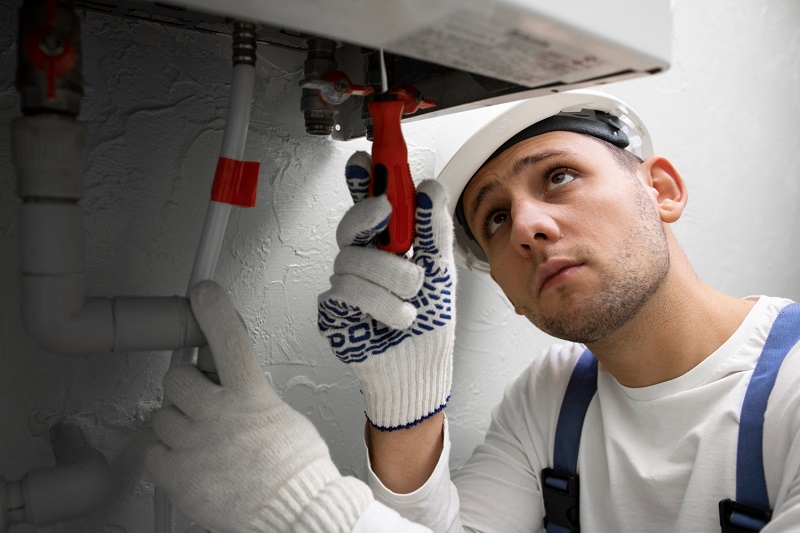Effective management of rainwater is crucial for any home, and it involves more than just having a sturdy roof. Gutters and downspouts play a vital role in this process, directing water away from your home’s foundation to prevent damage. But what about the water that's collected? That's where water gardens come in, providing a beautiful and eco-friendly solution. Welcome to our comprehensive plumber’s guide to gutters, downspouts, and water gardens.
Understanding Gutters and their Importance
Gutters are essentially long channels that collect rainwater from the roof and divert it away from your home. Their primary function is to protect the foundation of your house from water damage, which can lead to costly repairs. But gutters also help prevent soil erosion around your property, protect your landscaping, and even prevent basement flooding. Therefore, every homeowner should understand the importance of having well-functioning gutters.
Downspouts and their Role in Water Drainage
Downspouts, the vertical pipes attached to gutters, serve to carry the collected rainwater from the roof to the ground. They effectively direct the water away from your home's foundation, preventing potential water damage. Correct downspout installation and maintenance are critical in ensuring effective water drainage by the help of plumbers and preventing issues like gutter overflow or basement flooding.
The Beauty of Water Gardens
Water gardens are an innovative and beautiful way to utilize rainwater collected from your gutters and downspouts. Instead of simply directing the water away, you can channel it into a water garden – a landscaped pond or other water feature that serves as a habitat for plants and sometimes fish. Besides adding aesthetic value to your property, water gardens also promote biodiversity and help reduce your water usage.
Gutter Maintenance and Cleaning
Regular gutter maintenance and cleaning are crucial to ensure their proper functioning. Debris like leaves, twigs, and dirt can clog your gutters, causing water to overflow and potentially damage your home. As a part of gutter maintenance, you should inspect them regularly for cracks, rust, and leaks. Also, consider installing gutter guards to help reduce the amount of debris that can enter your gutters.
Downspout Installation Tips
When installing downspouts, there are a few key aspects to consider. They should be installed at a slight angle to facilitate water flow and should extend at least five feet away from your home's foundation. Also, ensure that the water is being directed towards a suitable area where it won't cause erosion or flooding. Using a splash block at the end of the downspout can help disperse the water more evenly.
Setting up a Water Garden
Creating a water garden involves planning the correct placement, choosing appropriate water plants, and setting up a proper filtration system. It's essential to choose a location that receives adequate sunlight and is away from large trees to avoid leaf litter. Water lilies, lotus, and reeds are popular choices for water gardens. As for the filtration system, it helps keep the water clean and provides necessary oxygen for fish, if you decide to add them.

Conclusion
We hope this plumbers guide has provided you with a comprehensive understanding of gutters, downspouts, and the beauty of water gardens. Remember, regular maintenance of your gutters and downspouts is crucial to protect your home from water damage. And why not utilize the collected rainwater to create a beautiful water garden? It's a win-win solution that adds beauty to your property while being eco-friendly.

Comments
Post a Comment